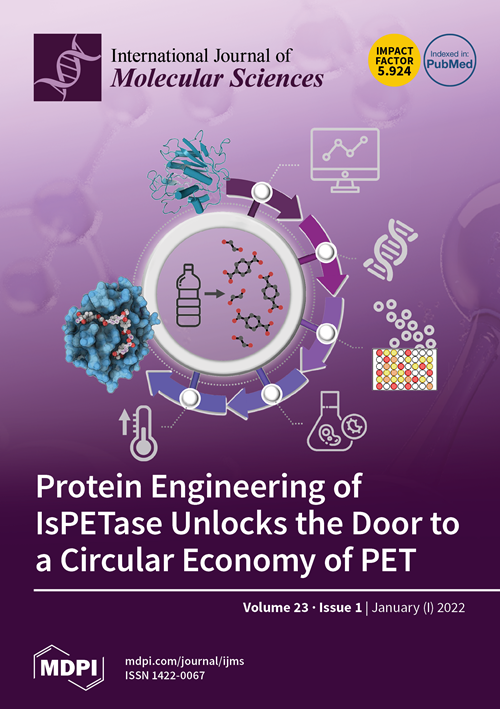种植体临时材料对不同细胞沉积阶段的人牙龈成纤维细胞的影响存在差异:体外研究
IF 4.9
2区 生物学
Q1 BIOCHEMISTRY & MOLECULAR BIOLOGY
引用次数: 0
摘要
健康的种植体周围软组织的发展对于种植修复体在愈合和组织成熟的各个阶段(从临时材料开始)取得美学和生物学上的成功至关重要。本研究的目的是通过检测细胞的初始附着、生长和功能,研究八种不同的种植体临时材料在细胞沉积的不同阶段对人牙龈成纤维细胞的影响。八种不同的试样--双丙烯酸 1 号和 2 号、可流动和大量填充复合材料、自固化丙烯酸 1 号和 2 号、研磨丙烯酸以及作为对照的钛(Ti)合金--被制成矩形板(n = 3)。人牙龈成纤维细胞的状况分为两组:与测试材料直接接触的成纤维细胞(接触实验)和与测试材料非常接近的成纤维细胞(接近实验)。近距离实验又分为三个阶段:沉降前、沉降早期和沉降晚期。将包含每个测试板的细胞培养插板放入预先培养细胞的孔中。对附着细胞的数量、细胞增殖、抗脱离能力和胶原蛋白的生成进行评估。在接触实验中,双丙烯酸树脂和复合材料对细胞产生了有害影响。附着在研磨丙烯酸和自固化丙烯酸上的细胞数量相对较多,分别约为钛合金的 70% 和 20-30%。即使采用相同的固化方式,自固化丙烯酸 1 和 2 之间的差异也很大。不同材料的细胞保留能力也有很大差异。虽然与接触实验相比,邻近实验中的不利影响有所减轻,但在细胞沉降的各个阶段,双丙烯酸酯和可流动复合材料对细胞生长和胶原蛋白生成的不利影响仍然很大。具体来说,早期沉降阶段不足以显著减轻材料的细胞毒性。可流动复合材料的细胞毒性始终高于散装填充复合材料。根据固化方式和成分的不同,临时材料对牙龈成纤维细胞的有害影响也大不相同。细胞预沉降可减轻有害影响,这意味着对材料毒性的易感性因伤口愈合进度和组织状况而异。不过,细胞预沉降并不足以使成纤维细胞的功能完全恢复到正常水平。尤其是双丙烯酸树脂和可流动复合材料的不良影响仍然很大。与其他材料相比,研磨丙烯酸树脂和自固化丙烯酸树脂分别表现出优异和可接受的生物相容性。本文章由计算机程序翻译,如有差异,请以英文原文为准。
Disparity in the Influence of Implant Provisional Materials on Human Gingival Fibroblasts with Different Phases of Cell Settlement: An In Vitro Study
The development of healthy peri-implant soft tissues is critical to achieving the esthetic and biological success of implant restorations throughout all stages of healing and tissue maturation, starting with provisionalization. The purpose of this study was to investigate the effects of eight different implant provisional materials on human gingival fibroblasts at various stages of cell settlement by examining initial cell attachment, growth, and function. Eight different specimens—bis-acrylic 1 and 2, flowable and bulk–fill composites, self-curing acrylic 1 and 2, milled acrylic, and titanium (Ti) alloy as a control—were fabricated in rectangular plates (n = 3). The condition of human gingival fibroblasts was divided into two groups: those in direct contact with test materials (contact experiment) and those in close proximity to test materials (proximity experiment). The proximity experiment was further divided into three phases: pre-settlement, early settlement, and late settlement. A cell culture insert containing each test plate was placed into a well where the cells were pre-cultured. The number of attached cells, cell proliferation, resistance to detachment, and collagen production were evaluated. In the contact experiment, bis-acrylics and composites showed detrimental effects on cells. The number of cells attached to milled acrylic and self-curing acrylic was relatively high, being approximately 70% and 20–30%, respectively, of that on Ti alloy. There was a significant difference between self-curing acrylic 1 and 2, even with the same curing modality. The cell retention ability also varied considerably among the materials. Although the detrimental effects were mitigated in the proximity experiment compared to the contact experiment, adverse effects on cell growth and collagen production remained significant during all phases of cell settlement for bis-acrylics and flowable composite. Specifically, the early settlement phase was not sufficient to significantly mitigate the material cytotoxicity. The flowable composite was consistently more cytotoxic than the bulk–fill composite. The harmful effects of the provisional materials on gingival fibroblasts vary considerably depending on the curing modality and compositions. Pre-settlement of cells mitigated the harmful effects, implying the susceptibility to material toxicity varies depending on the progress of wound healing and tissue condition. However, cell pre-settlement was not sufficient to fully restore the fibroblastic function to the normal level. Particularly, the adverse effects of bis-acrylics and flowable composite remained significant. Milled and self-curing acrylic exhibited excellent and acceptable biocompatibility, respectively, compared to other materials.
求助全文
通过发布文献求助,成功后即可免费获取论文全文。
去求助
来源期刊

International Journal of Molecular Sciences
Chemistry-Organic Chemistry
CiteScore
8.10
自引率
10.70%
发文量
13472
审稿时长
17.49 days
期刊介绍:
The International Journal of Molecular Sciences (ISSN 1422-0067) provides an advanced forum for chemistry, molecular physics (chemical physics and physical chemistry) and molecular biology. It publishes research articles, reviews, communications and short notes. Our aim is to encourage scientists to publish their theoretical and experimental results in as much detail as possible. Therefore, there is no restriction on the length of the papers or the number of electronics supplementary files. For articles with computational results, the full experimental details must be provided so that the results can be reproduced. Electronic files regarding the full details of the calculation and experimental procedure, if unable to be published in a normal way, can be deposited as supplementary material (including animated pictures, videos, interactive Excel sheets, software executables and others).
 求助内容:
求助内容: 应助结果提醒方式:
应助结果提醒方式:


